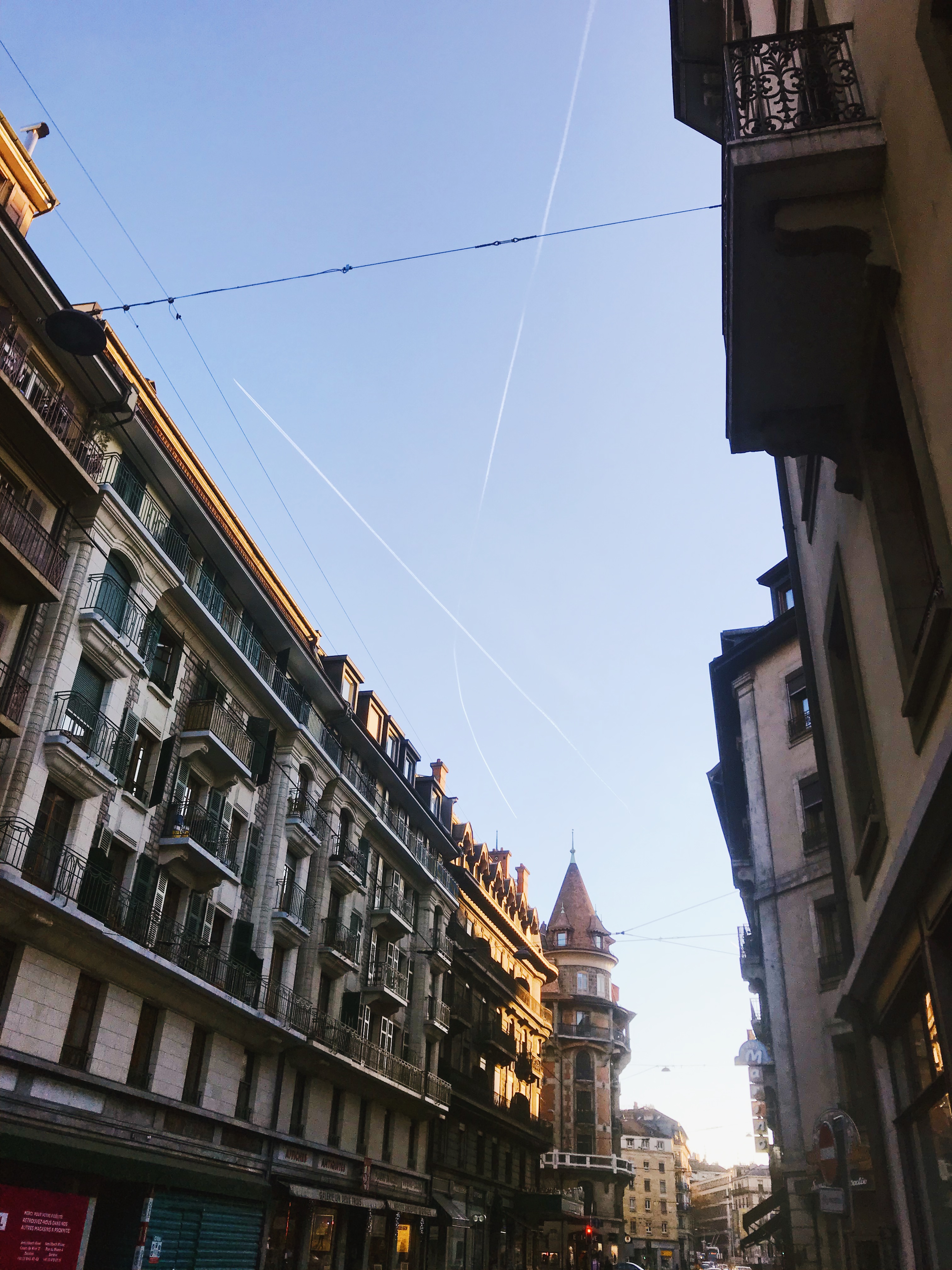X% of Y is the same as Y% of X
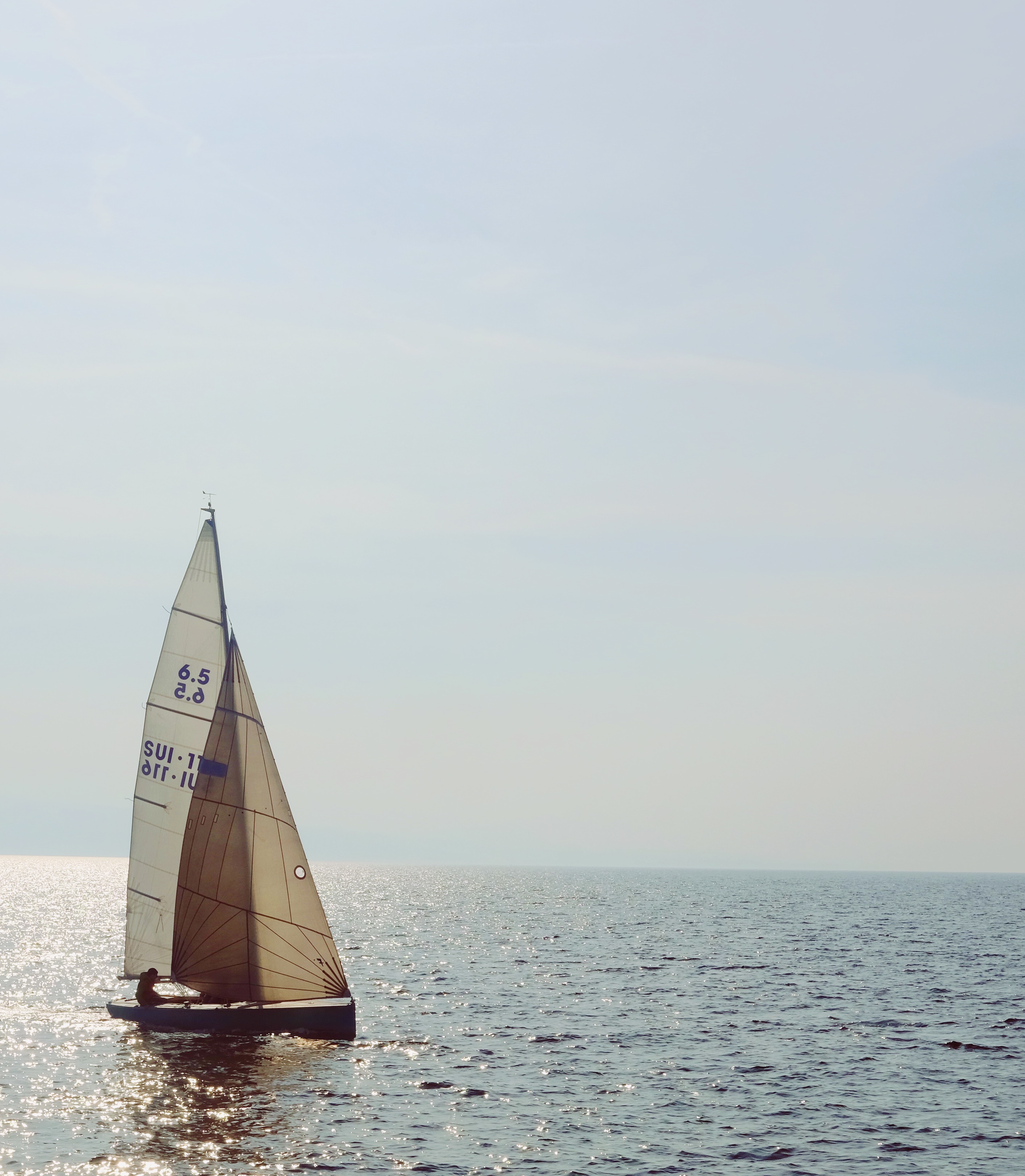
The weather here has been so so nice this week, and I have been trying my best to be outside for it. I feel like it's a preview of spring/summer and I am dying to sail or swim or some other warm weather activity.

Paula and I lied in the sun for multiple hours this weekend. At certain points, if you close your eyes and forget the sounds of the city, it could be the beach.
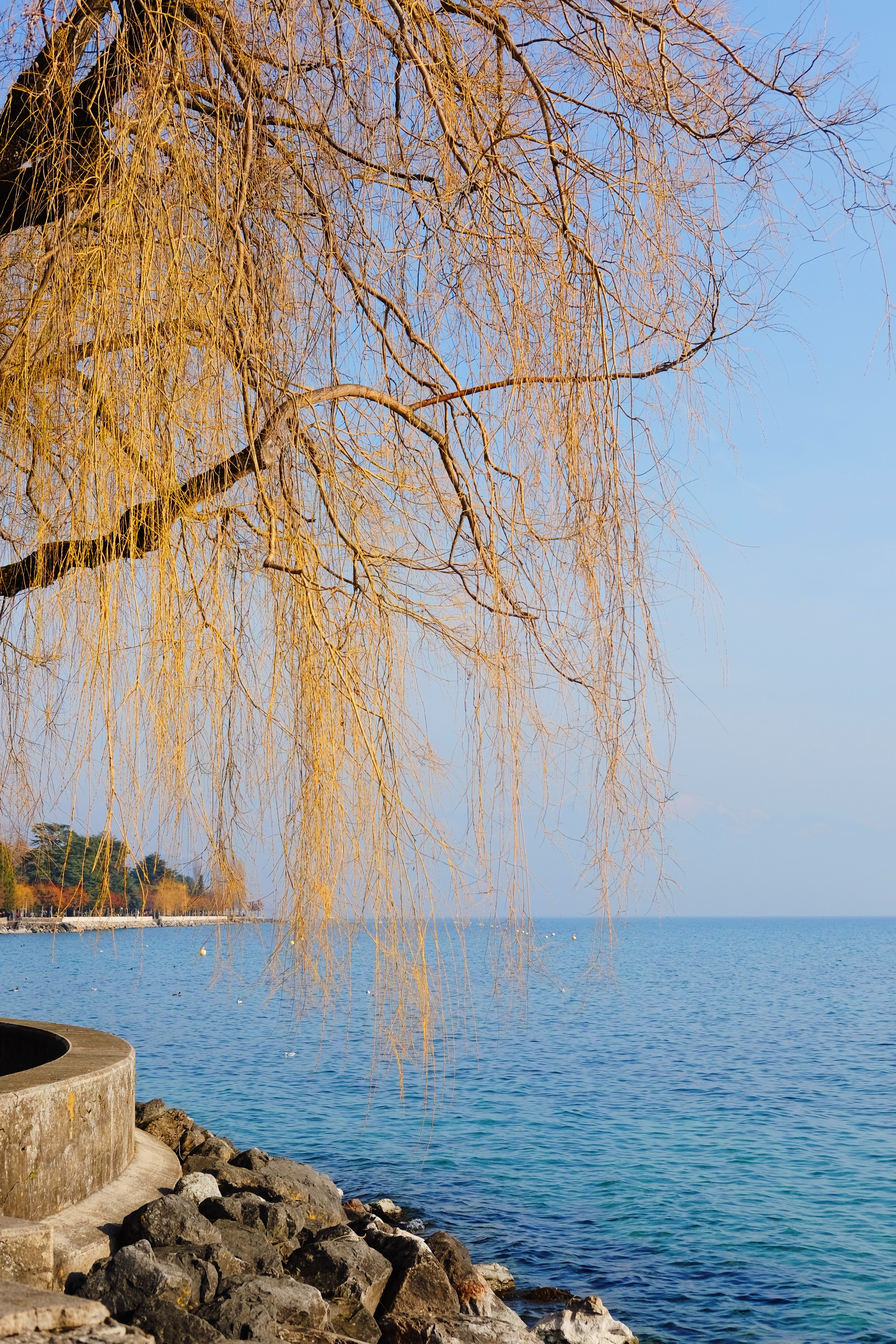
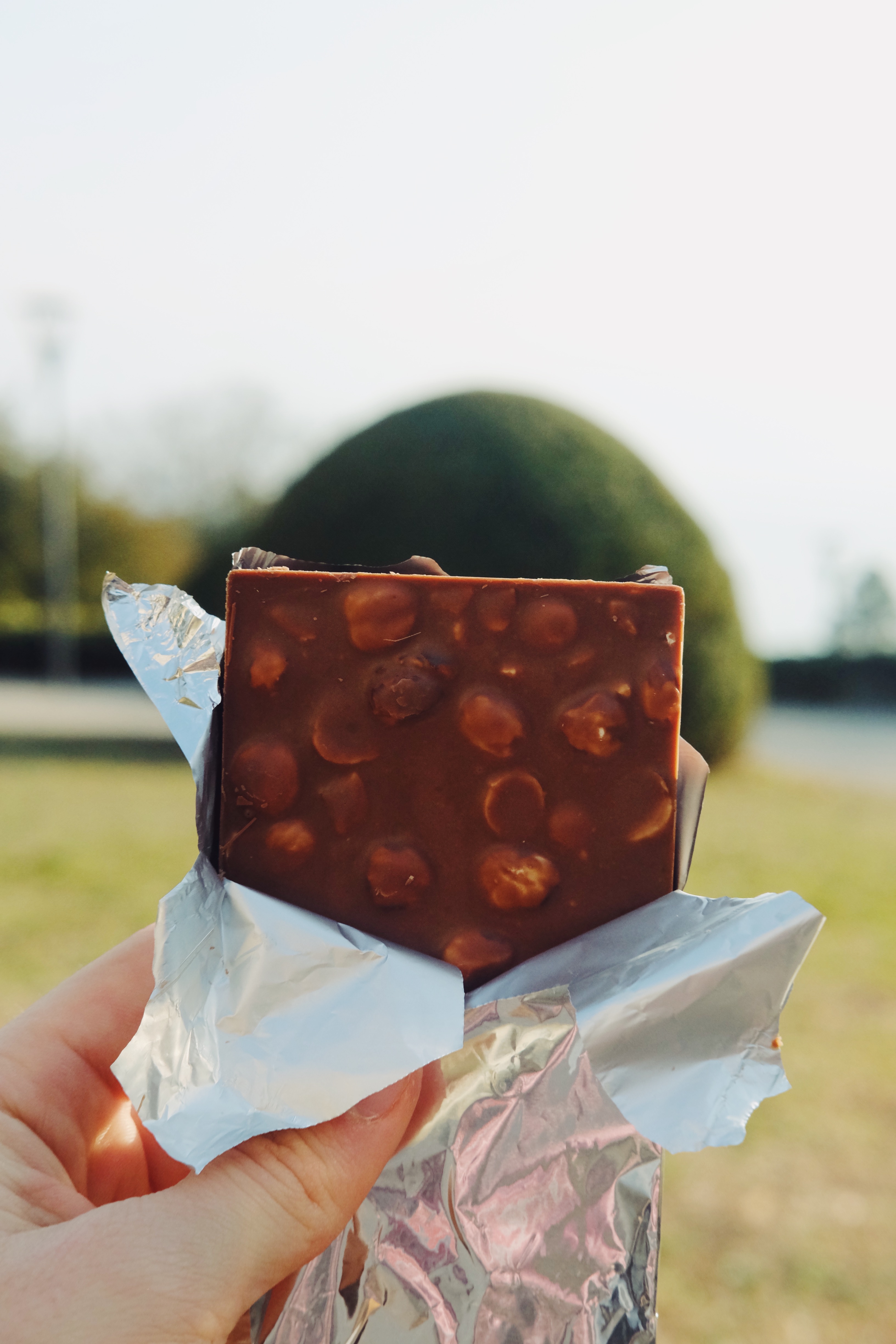
Swiss chocolate is really good and I've been eating too much of it.
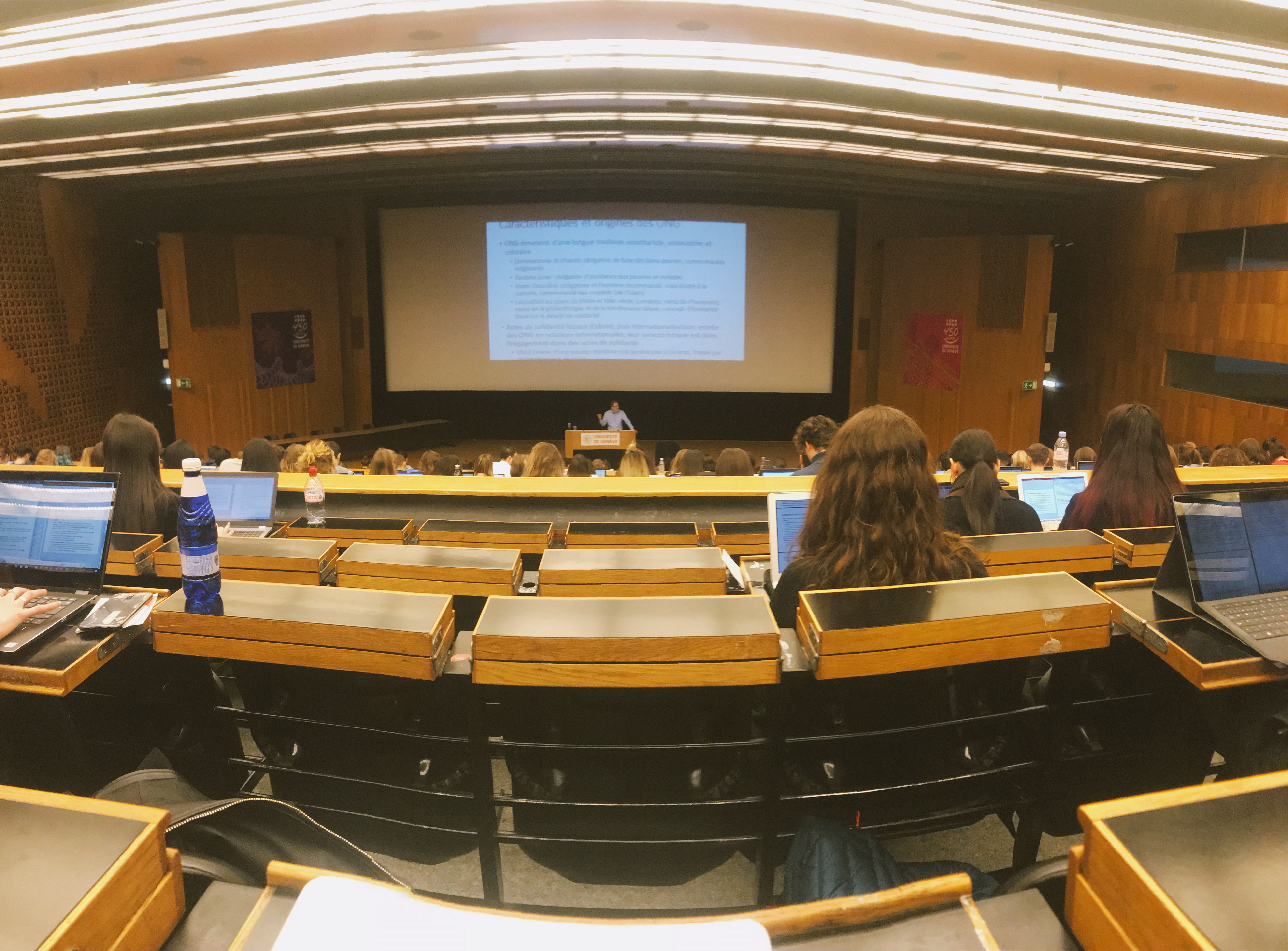
Classes at UNIGE started this week. I'm taking classes on Electrodynamics and an Introduction to International History, both in French. The scale on which they are taught absolutely caught me off guard. For the history class, lectures are held in an auditorium with over 600 seats, which is quite different from Davidson where the largest class I have ever taken was maybe 30 students. With this many students there is a sea of typing, and I swear there is at least one person coughing at any given moment.
The building and the auditorium were built by Le Corbusier, who was a famous artist/architect in the 1950s.
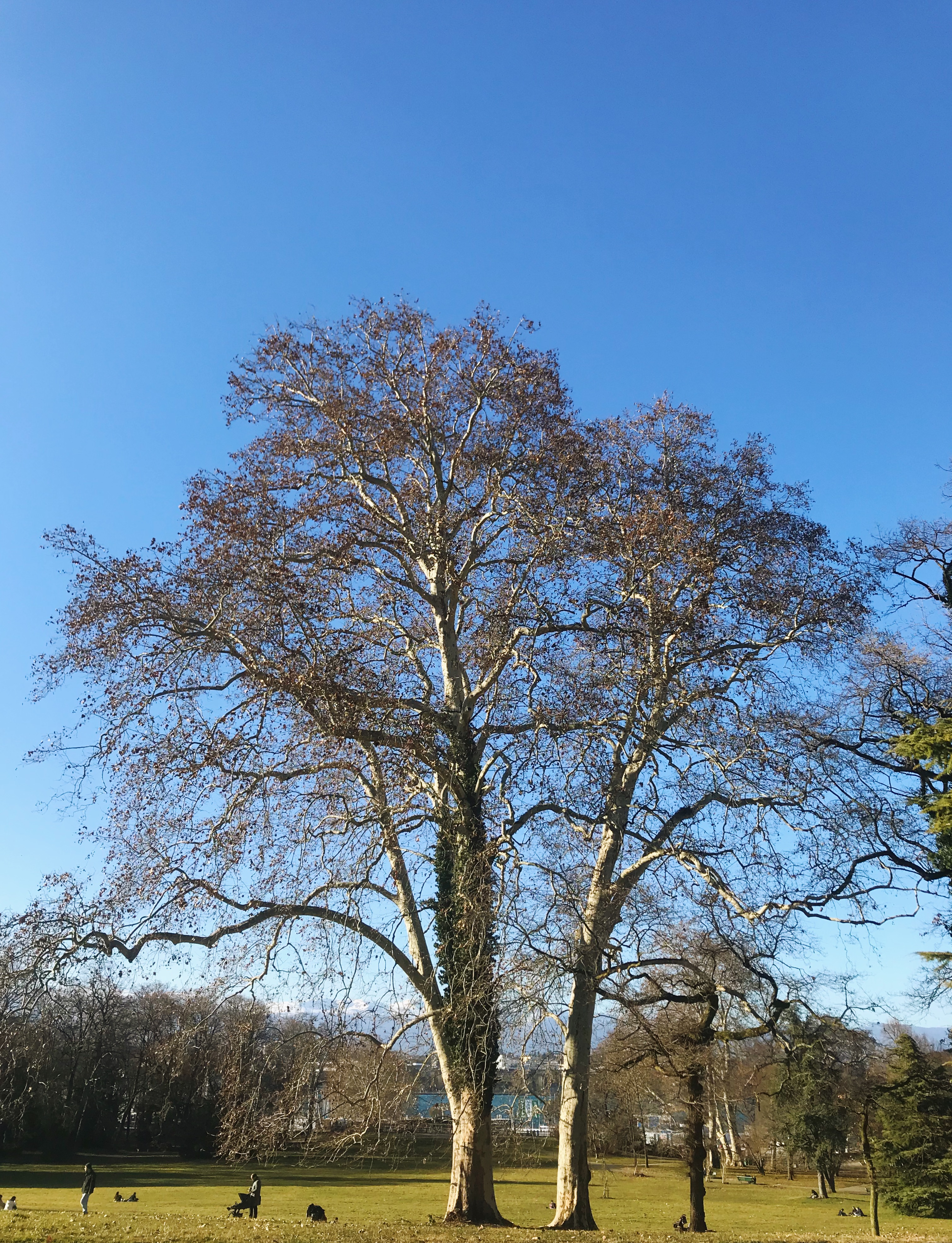
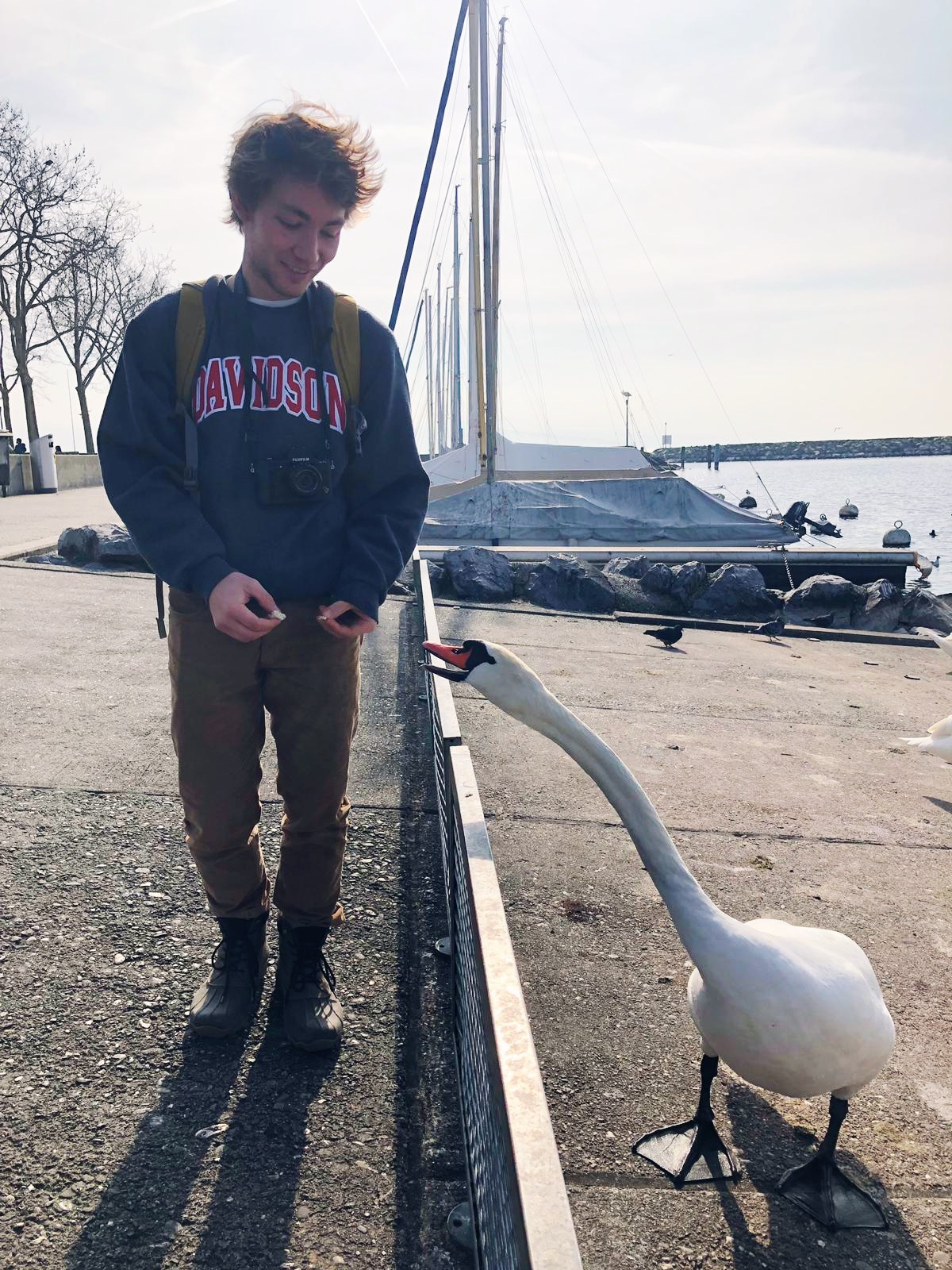
The swans are pretty aggressive if they see that you have food. We saw some feisty guys pecking each other over some crumbs.
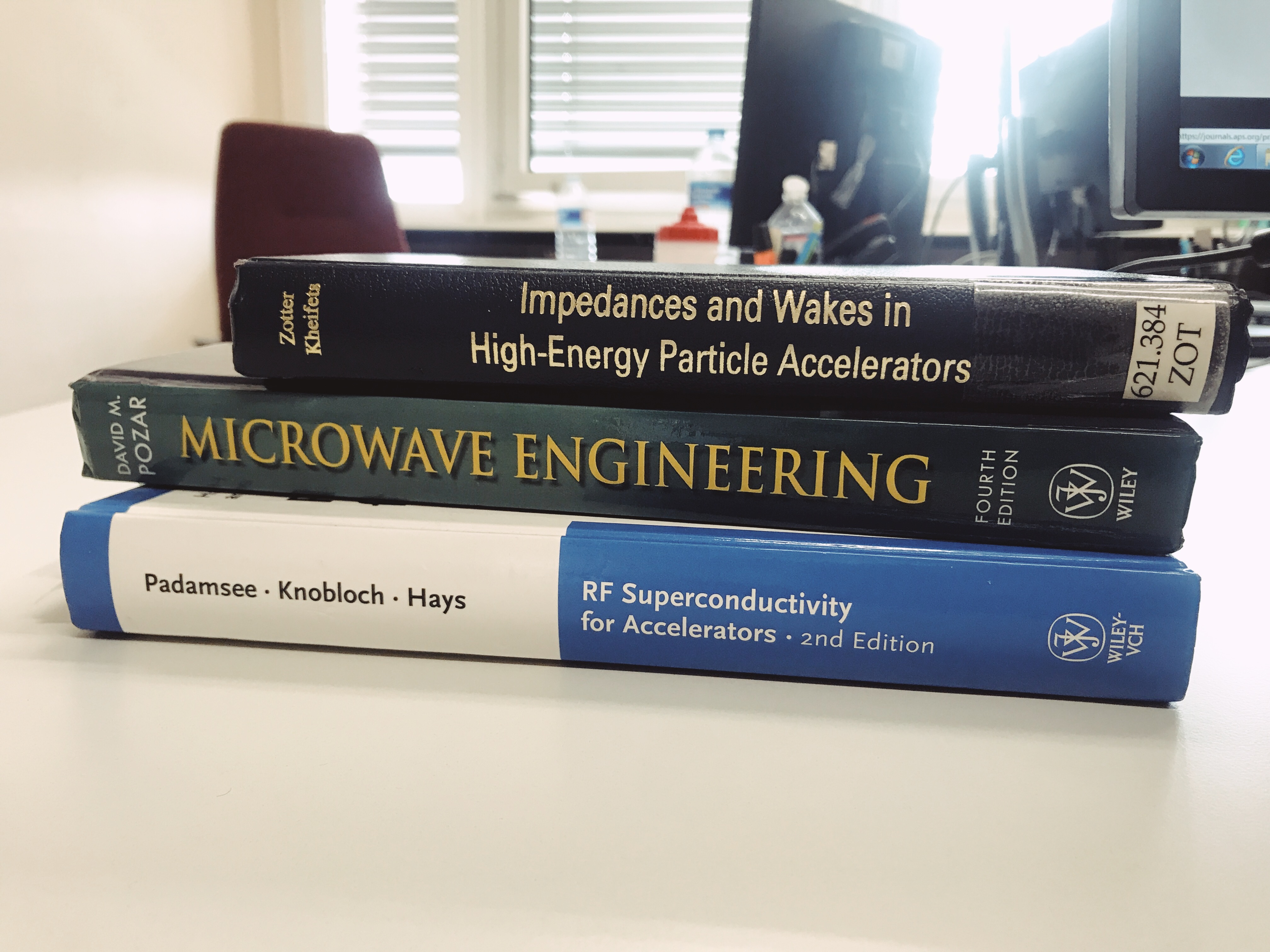
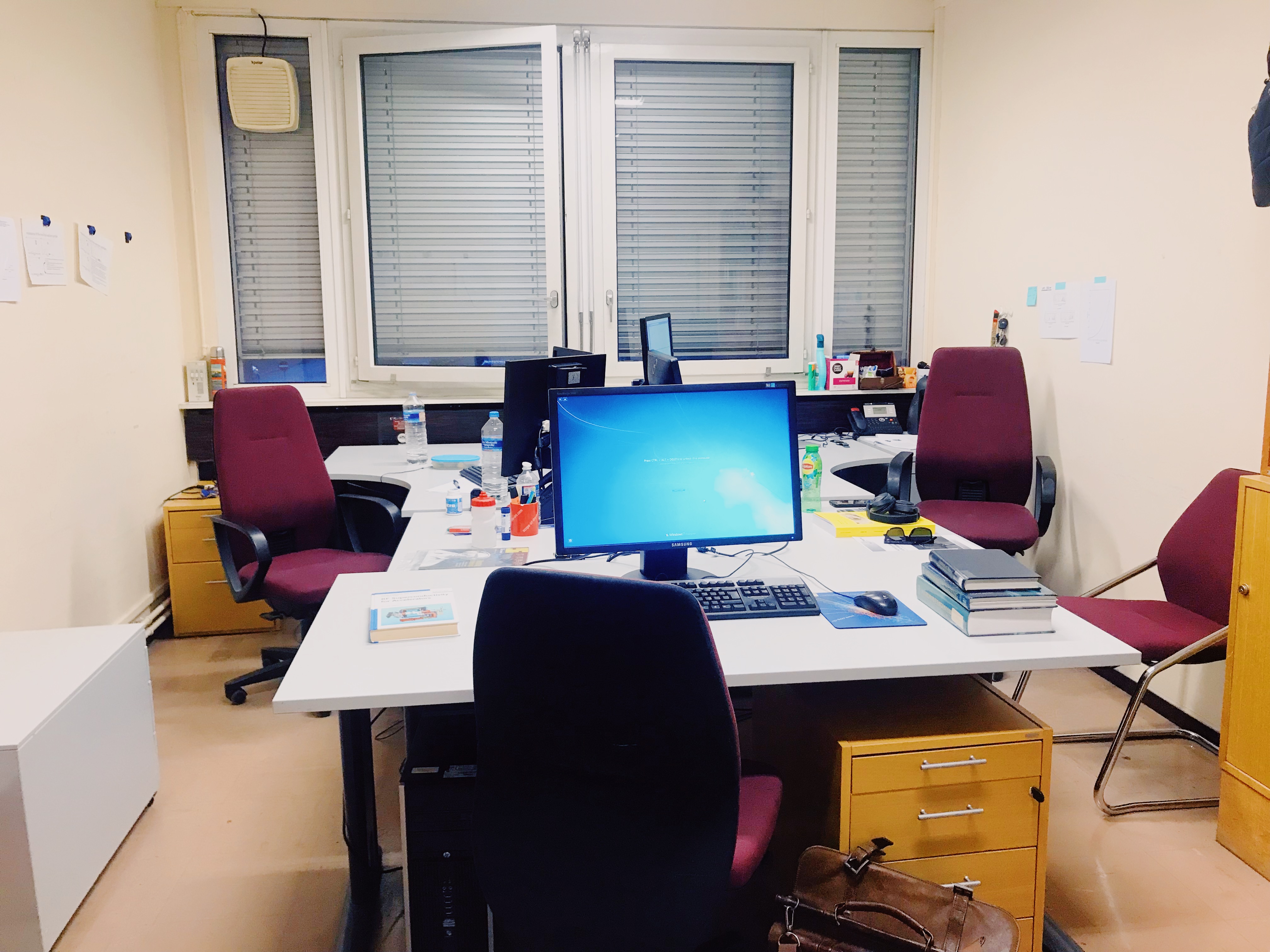
I got an office and a computer this week, and both of them are far away at the Prévessin site, which is in France. It's a hefty commute of ~ 1.5 hours, which I'm not thrilled about, but they play bangers on the shuttle and it's cool to have a place that is mine. It certainly makes me miss living on campus.
My advisor dropped this stack of textbooks on my desk in a dramatic fashion and to me it sounded like the gun that signals the start of the race, so I've been running (reading) since then. Just as a disclaimer, "Microwave Engineering" is not the same as "microwave oven Engineering" or "kitchen appliance repair."
Hopefully I will be able to complete the radiation training course soon so I can help perform measurements in the tunnel and handle parts that have been exposed to the beam.
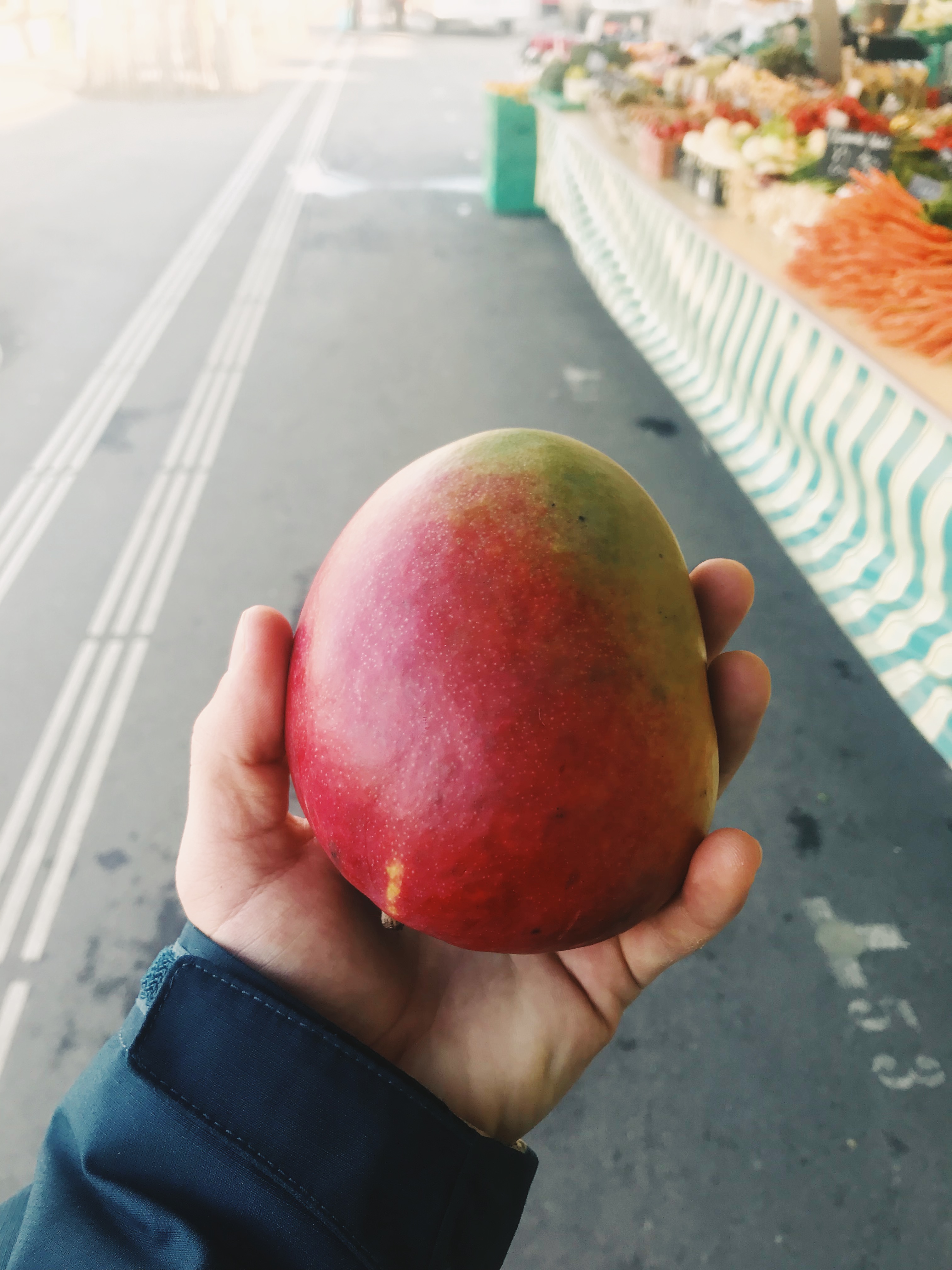
On Friday morning, standing on the train going to CERN, I really wasn't feeling motivated. So instead of continuing my commute for another hour I got off and walked around the outdoor market. I bought this huge mango for 1 franc - a good decision.
I've been advised to move the part about my project to the end. So here it is at the end.
Applying the State-Space Concatenation (SSC) Approach to the CERN SPS 200 MHz Cavities
I got my project on Tuesday, and that's what I'm calling it.
State-Space Concatenation is a method that aims to reduce the computation time and increase the accuracy of calculations of the S-parameters of large RF structures. It does this by exploiting symmetry of the structure. Since a single RF cavity chain contains duplicate parts, there is no need to calculate the S-parameters for each individual part. The S-parameters can be calculated one time for each distinct component of the chain to form the S-matrix for that part. Then the S-matrices for each part can be added together to form a coupled S-matrix for the whole structure.
From what I can tell, there are a few steps in this process.
- Model individual sections of RF cavities using CST software.
- Use CST to solve Maxwell’s equations and get S-Parameters for each section type.
- Use the S-Parameters to form S matrices for each section.
- Concatenate each section’s S-matrix, using python scripts, to form a coupled S-matrix that represents the whole cavity chain.
- Compare the coupled matrix S-parameters to measurements of the actual cavities.
Most of these steps involve using a software called CST (computer simulation technology) Microwave Studio. Basically this software can render models of the cavities and simulate how the electromagnetic waves would act (S-parameters) inside of the given geometrical space.
I think this is super cool and I'm so happy to be doing something that will actually be useful.
